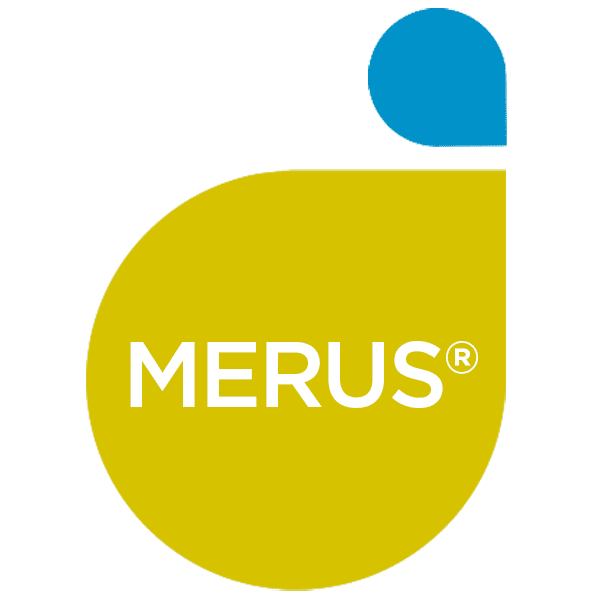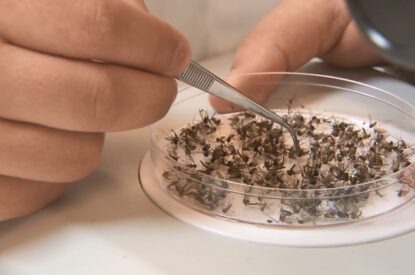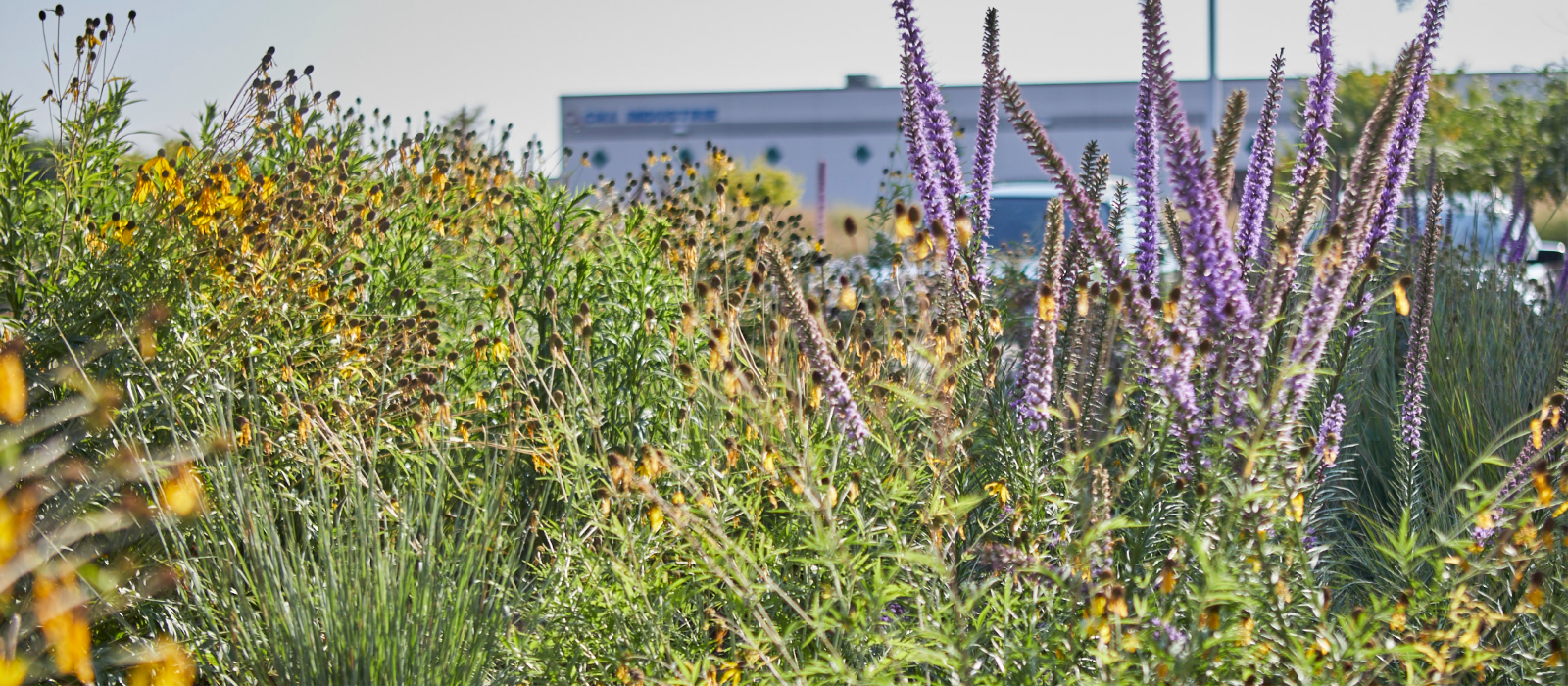Merus® Adulticide
| Weight | N/A |
|---|---|
| Dimensions | N/A |
| Application Method | Ground + Aerial ULV |
| Labeled Treatment Areas | Certified Organic Areas |
| IRAC Mode of Action | 3A Pyrethroids/Pyrethrins |
| Active Ingredient | Natural Pyrethrins |
- Active ingredient is natural pyrethrins, a botanical insecticide
- Only OMRI Listed adulticide for wide area mosquito control applications
- Low-odor formulation containing no petroleum distillates
- Meets USDA’s National Organic Program standards for use over organic production
- Labeled for air and ground applications over residential, commercial and agricultural areas

Product Details
About Merus®
For sustainably-driven communities and mosquito abatement districts with organically-grown agriculture, Merus is a mosquito control solution that lets you use one product for all your wide-area ULV treatments. Merus is Organic Materials Review Institute (OMRI) Listed and meets the USDA’s National Organic Program (NOP) standards for adult mosquito control in and around organic gardens, farms and over crops. When combined with the power of Clarke’s OMRI Listed Natular® larvicides, communities have a holistic solution for mosquito control that is fully compatible with organic farming.
Formulated with a low-odor solvent system that improves affordability and optimizes the potential of natural pyrethrins, Merus is a highly-effective mosquito control product that makes managing the complex interface between conventional farming, organic agriculture and urban or residential settings seamless.
- OMRI Listed adulticide for use over certified-organic operations
- Botanical insecticide, naturally occurring in chrysanthemum flowers
- Effective control without added chemical synergists
About Natural Pyrethrins
The active ingredient in Merus 3.0 is natural pyrethrins, one of the oldest-known insecticides. Natural pyrethrins are a botanical insecticide produced naturally by flowers in the chrysanthemum family.
Natural pyrethrins are believed to contain six active isomers, compared to synthetic pyrethroids which contain just one or possibly two active isomers. In both natural and synthetic forms, these active isomers work to effectively attack a mosquito’s nervous system functionality by binding to the insect’s sodium channels. The greater number of active isomers in natural pyrethrins is thought to provide a more complex effect on the mosquito and allow for a robust effect on a wide range of species.
Merus and the Environment
Merus offers exceptional mosquito control efficacy with a very favorable environmental profile. In its final formulation, Merus® 3.0 is a non-persistent adulticide with low acute toxicity that provides effective control without chemical synergists.
Merus in Sunlight
Pyrethrins are photolabile, meaning that their molecules easily break down when exposed to sunlight. In the absence of sunlight, moderately rapid aerobic and anaerobic soil degradation occurs.
Merus in Soil
After a Merus application, trace amounts of pyrethrins will bind to and remain in the soil, and will not transport further into plants, through the soil column, or become concentrated in the bodies of living things (bioaccumulation).
Merus in Water
Merus is applied in a manner that limits deposition in the treatment area, and applications will not pose a risk to healthy aquatic habitats. However, direct exposure to this product does present risk to some aquatic organisms. Please refer to the product label for specific organisms of concern and for application instruction designed to mitigate non-target risks.
Merus and Animals
The EPA has evaluated Merus and determined that using it according to label guidelines, in residential areas, which can include gardens, and over organic agricultural crop areas, does not pose a significant risk to people or animals. Merus has low mammalian toxicity.
Merus and Bees
Because of the manner in which Merus is applied and the time of day it is applied, treatments should not affect beneficial, pollinating insects, like bees and butterflies. Merus is applied in small droplets, which break down quickly in the environment. Since the product must hit a mosquito while it is in flight to have an effect, it is sprayed at night when mosquitoes are actively flying and when other insects, such as bees and butterflies, are not active. Residues in treatment areas following application are not toxic.
Applying Merus
Merus is labeled for ultra-low volume (ULV) mosquito control applications by ground (truck or ATV), by air, and through a backpack sprayer. Optimized for performance through all standard ULV application equipment and nozzles, Merus is non-corroding to your application systems.
Merus offers a very flexible application rate range, from 0.56 – 0.88 fl/oz acre. The Merus label also allows for applications up to 2.81 fl.oz/acre when targeting difficult to control species. Please see the product label for complete application guidance.
Frequently Asked Questions
What is Merus?
Merus is an EPA-registered product for public health mosquito control that contains natural pyrethrin, which is derived from chrysanthemum flowers. The Merus formulation has no chemical synergists or petroleum distillates, and can be applied via ground or aerial application systems to control flying, biting mosquitoes.How is Merus applied for mosquito control?
Merus is applied through ultra-low volume (ULV) spray equipment that converts a liquid mosquito control product into an ultra-fine spray cloud composed of microscopic droplets. The droplets are so small that more than 15 individual droplets could fit on the head of a pin. The small size of the droplets allows them to float through the air for a short period of time so they can come in contact with flying mosquitoes. The droplet formulation is designed to penetrate the cuticle of the mosquito body, reaching and affecting its nervous system to knock it down and ultimately deliver mortality.Can Merus be used over organic farms and gardens?
Yes. Merus is Organic Material Review Institute (OMRI) Listed for wide area mosquito control applications in and around organic farms and gardens. The OMRI Listed status of Merus means its components meet the Organic Materials Review Institute standards for ingredients that can be used in organic production or processing, meeting USDA National Organic Program (NOP) standards.Are Merus residues on leaves toxic to foraging bees?
No. In studies with pyrethrins, the active ingredient in Merus, applications made directly to flowering plants at application rates more than 10 times the rates used in mosquito control did not affect honeybees or adversely affect the conditions of bee colonies, individual survival, flight intensity, or brood development.






